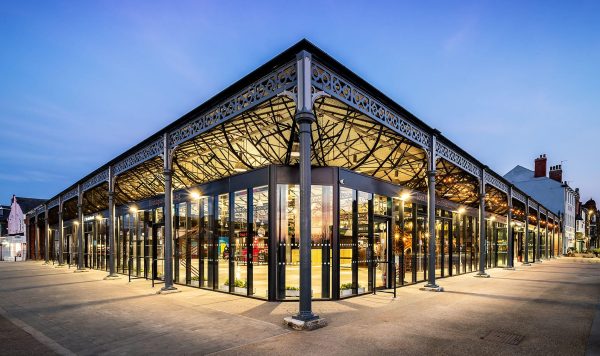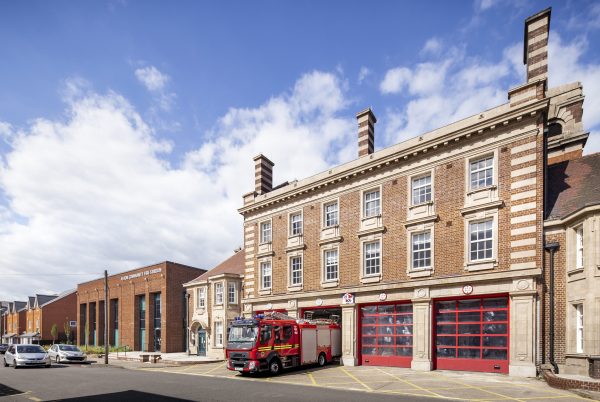
Aston Fire Station
Preserving the past while serving the present, Aston Fire Station stands as a symbol of safety, pride, and community.
Value
The design of Aston Fire Station was driven by a seamless fusion of the old and the new, blending the Grade II listed building’s historical features with modern operational needs. The introduction of a new extension, featuring a double-height glazed atrium, connects the historic building with contemporary spaces while offering transparency into the daily operations of the fire service.
The careful integration preserved the station’s operational functions on the ground floor, while modernising staff welfare and office spaces on the upper floors. This thoughtful reconfiguration maximises both functionality and wellbeing, making it an uplifting and efficient space that supports the fire service’s needs for years to come.
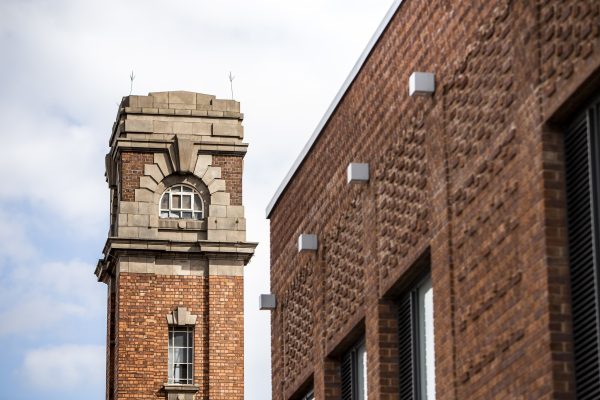
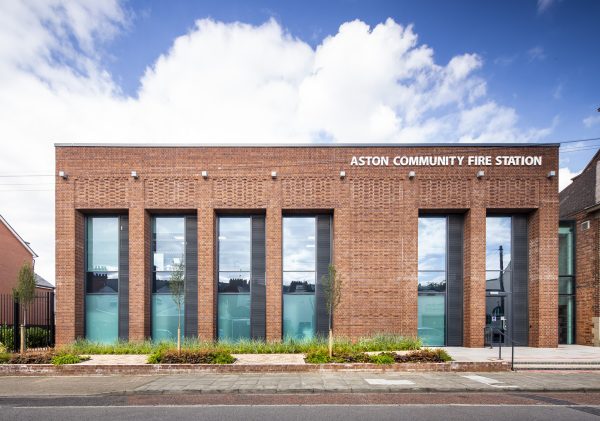

Impact
Aston Fire Station’s transformation has become a vital community asset. The incorporation of a community library and a heritage museum display space on the upper floors has transformed the station into a public resource, offering both educational and cultural enrichment for the residents.
This dual-use approach encourages local engagement, facilitating a greater connection between the fire service and the public. The revitalisation of the external space with modern landscaping has turned the station into a welcoming hub for local events, positioning it as a symbol of safety, pride, and community cohesion in Aston.
By blending heritage with modern design, Aston Fire Station has transformed into a vibrant community asset, uniting public service with cultural enrichment.
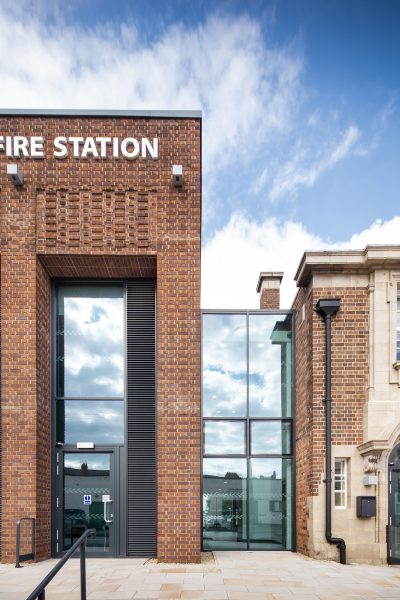
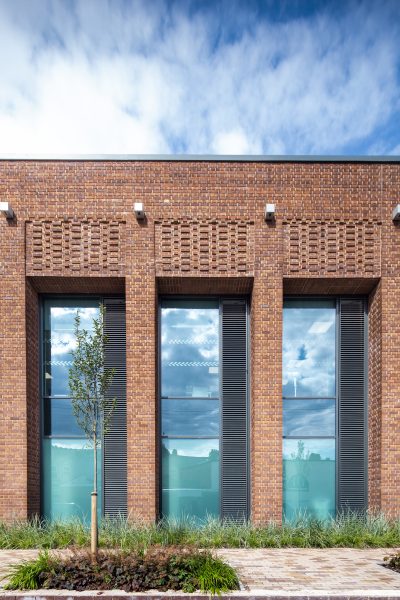

Sustainability
The preservation and adaptive reuse of the historic building significantly contributed to reducing environmental impact. By retaining the original structure and integrating modern, energy-efficient design solutions, we ensured that the development met the needs of the fire service without compromising the building’s heritage.
The thoughtful approach to both the station’s interior and exterior spaces also minimised the need for new construction, highlighting the value of repurposing existing buildings for long-term community benefit.
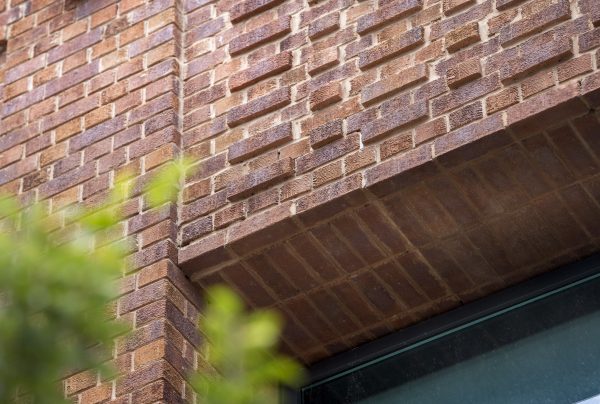
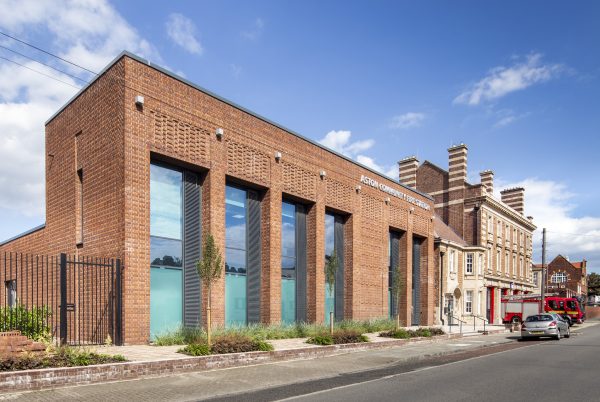
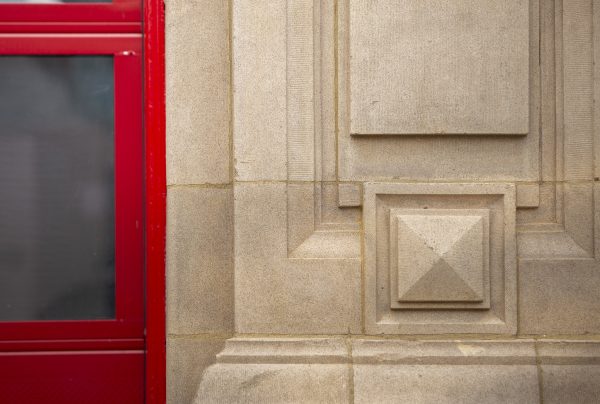

Details
Information
Scope Architectural and Landscape Design RIBA 0 to 7 Status Completed Completion Date 2019 Location Birmingham Value £4.5mCollaborators & Partners
Landscape Architect BondBryan Interior Designer BondBryan Principal Contractor Interclass Plc Structural Engineer J.Turner & Associates MEP Engineer SVMA
Get in touch:
Fran, Associate Director
